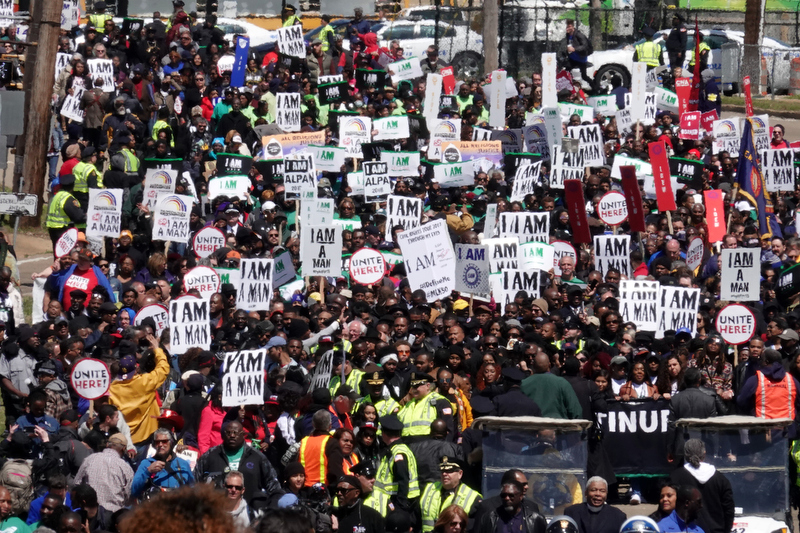




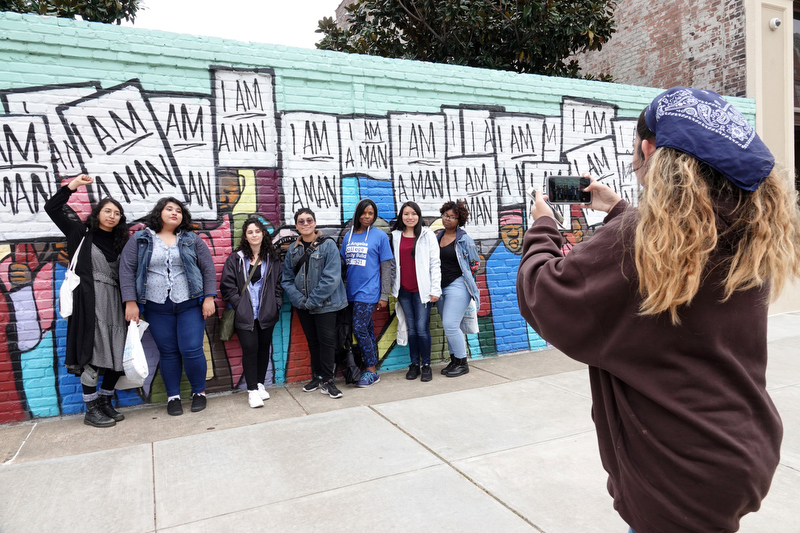

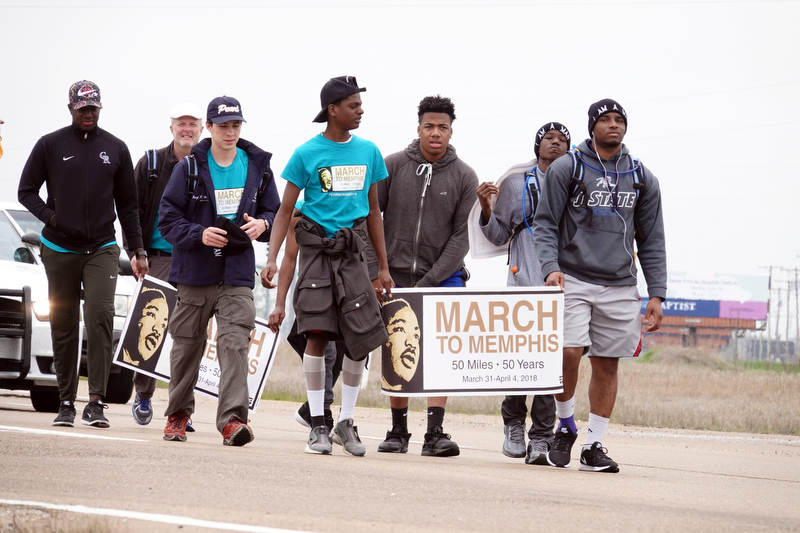

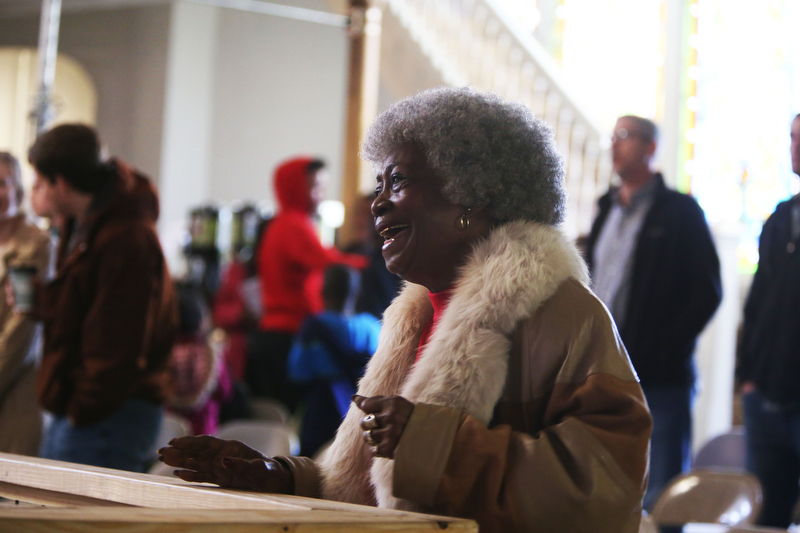
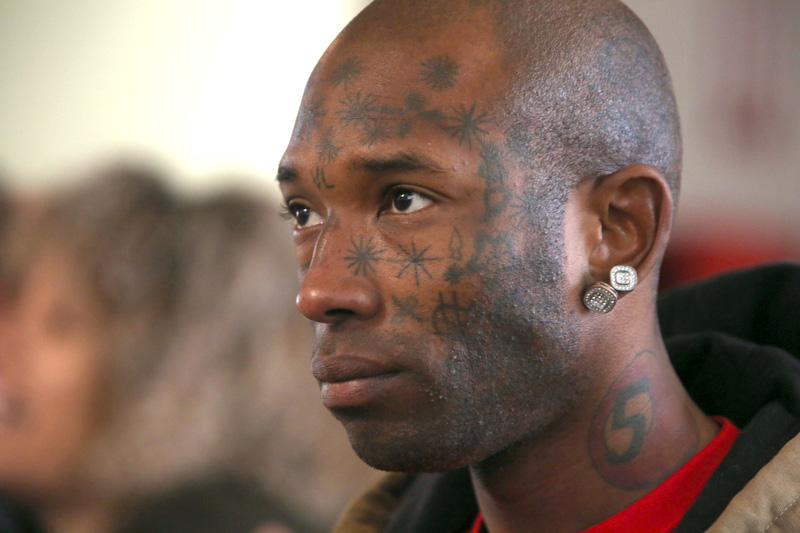
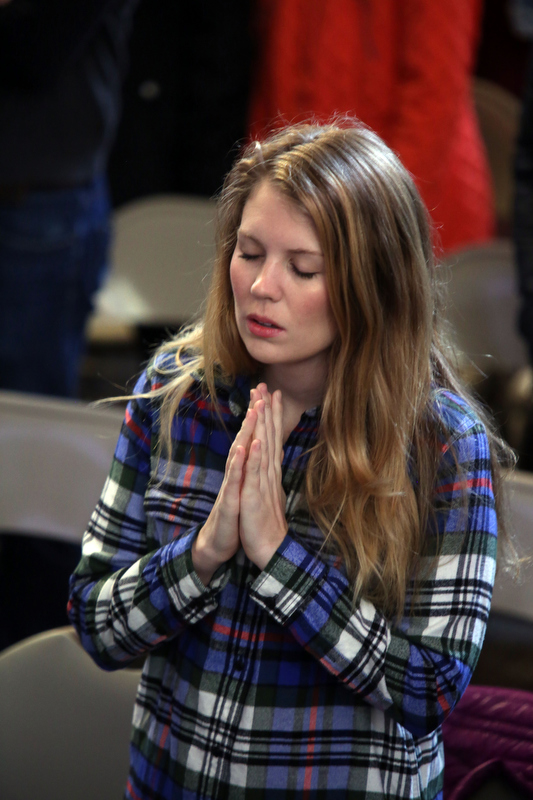




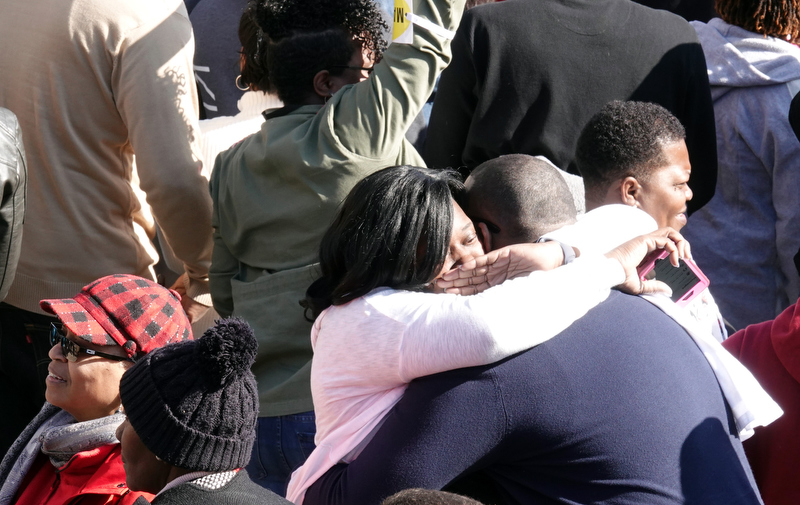
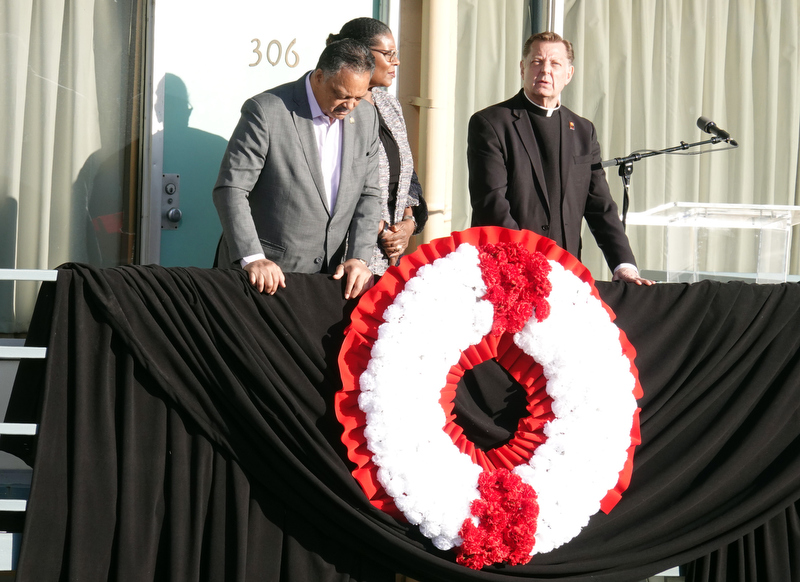
"All hope was gone"
By Karen Pulfer Focht - Photojournalist
It has been an enlightening month leading up to the 50th anniversary of the death of Martin Luther King, who was shot here in Memphis on April 4, 1968.
Civil Rights icons and historical memories were revisited by news organizations from all over the world.
Younger generations looked for ways to express themselves too.
The national and international media wanted to tell the story of the man, MLK, who led a peaceful movement for change--A movement that demanded fair treatment and dignity for blacks in the days of segregation.
Fifty years ago, this week, James Earl Ray sat in a window across the street from the Lorraine Motel, patiently waiting for the controversial minister to exit his motel room.
As MLK emerged with friends, a shot rang out, and a bullet hit MLK alone and killed him. Rev. Jessie Jackson was one of the people on the balcony nearby when King was shot.
Jackson made the comment that he was young then. “ I am old now, “ he said.
At 6:01 this week on April 4th, the same minute that King was shot in 1968, a bell rang, and the crowd settled down. We all stood at the site of the murder. Caught in the moment, a pensive and unusually silent Rev. Jackson paused as he placed a new wreath on that balcony, in front of thousands of people who came to be a part of the anniversary.
It was an emotional and somber moment.
Earlier in the week, I photographed Clayborn Temple, where the I Am A Man movement was organized.
I also photographed King’s children and grandchildren in Mason Temple where MLK gave his Mountain Top speech. The night was stormy, just like it was the night he gave the original speech.
I had the pleasure of photographing and videoing one of the original sanitation workers, Rev. Cleo Smith, who is still driving a truck today at age 78. I heard first-hand about the day sanitation workers were crushed in their truck, and about the origins of the “I Am A Man” quote. Cleo reflected on what it was like to be called “boy” by his superiors. He said one of the workers mustered the courage to correct a superior. “Sir, I am a man,” he said.
He told the story of how he came from the cotton fields and how he could not read nor write. Cleo could hardly speak of the moment he learned Martin Luther King was killed, his voiced cracked when he said, and “all hope was gone.” (Videos can be seen on the Religion News Service You Tube channel or follow the overall link below to see/read the entire package)
I photographed marches, rallies, and song and dance.
One of the most popular stories was that some young men walked from Mississippi in their “March to Memphis” in honor of MLK.
I loved having all eyes on Memphis. Memphis is such a soulful place; rich in history. Memphis is a gritty complex city, but that is also what makes it so special.
The New York Times quoted our mayor as saying Memphis is “a city whose originality and soul has changed the world.”
That complexity, grit and pain is much of what makes Memphis special. I compare it to a pearl. Pearls are made when an irritant, such as a grain of sand, gets stuck inside the oyster's body. Memphis has been through a lot. Memphis is a pearl.
Being a photojournalist in Memphis has given me a front row seat to so much history. In my years here I have heard first hand accounts about the strides made by the early civil rights movement icons.
A few years back my colleague Marc Perrusquia and I worked on a project for The Commercial Appeal. Marc discovered the famous black Civil Rights photographer Ernest Withers was a spy for the FBI. He had been an informant, passing along information on the activities of the black community in Memphis. We interviewed many of them, many who also died before we published the story.
I knew Withers as a fellow photojournalist.
Marc’s book, 'A Spy in Canaan' was also released a few weeks ago, just in time for the 50th Anniversary. Here is the review from the Washington Post.
I could write for days about the people I have met, the stories I have heard, but for now, I will let others who came to town do that for me. I will share just a few of the links for the stories I photographed and videoed for them here:
__________________________________________________________________
The Christian Science Monitor wrote one of my favorites on Instagram. They used my photo of boys who walked from Mississippi:
“As we mark #mlk50, it’s worth considering this question: Can love be a strategy for social change and justice?
This group of teens from Pearl, Miss., who honored Dr. King by setting out Sunday on a three-day, 50-mile trek to Memphis, Tenn. That’s where King stood in support of striking black sanitation workers – and where he was fatally shot on April 4, 1968.
_
If you drove past them, you might have just seen six young men sweating in the spring humidity. But if you paid closer attention, as did Monitor correspondent Carmen K. Sisson, you’d have seen the love and action they inspired. The Pearl Police Department escorted them. The Memphis Police Department welcomed them. One teen who struggled to keep walking saw his peers rally around him. A roadside vendor offered oranges out of respect for the marchers and King.
_
The teens, who had never met, radiated a powerful message by uniting. It jibes with a comment Professor Murray made in an interview picked up today by Daily Good. She noted that her students most enjoyed their assignment to watch for people using love as a force for social justice: “[It] made them feel that love … could be learned, observed, and practiced.”
- @csmonitor managing editor Amelia Newcomb. Picture by @karenpulferfocht / @reuters #martinlutherking #marchtomemphis #pearlmississippi #memphistennessee #mlk50 #csmonitor #thechristiansciencemonitor
Rev. Cleo Smith- https://religionnews.com/2018/03/28/a-faithful-journey-from-cotton-field-to-white-house-qa-with-a-sanitation-worker/
https://www.religionnews.com/tag/mlk50/
https://www.aljazeera.com/indepth/inpictures/remembering-martin-luther-king-180405102420901.html
